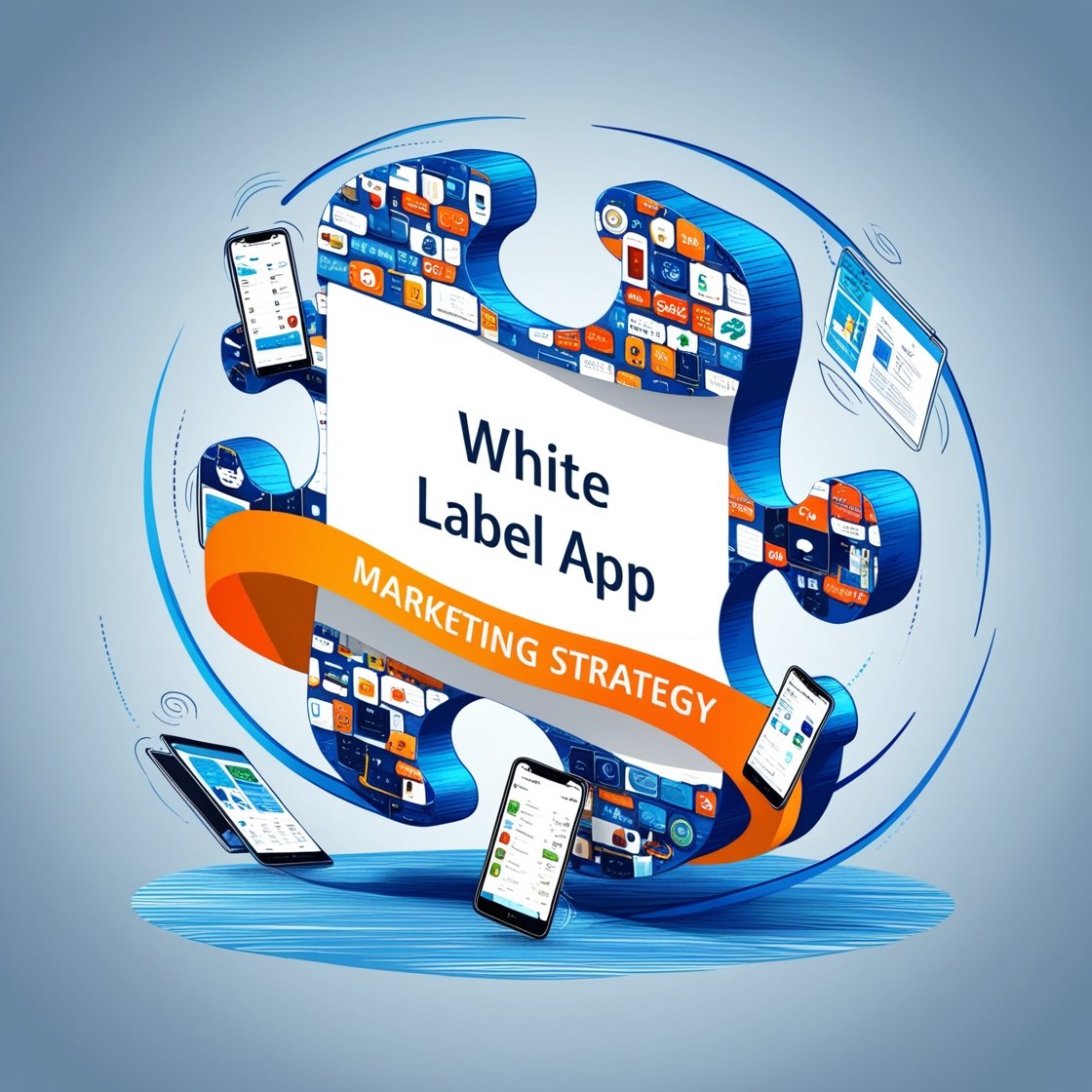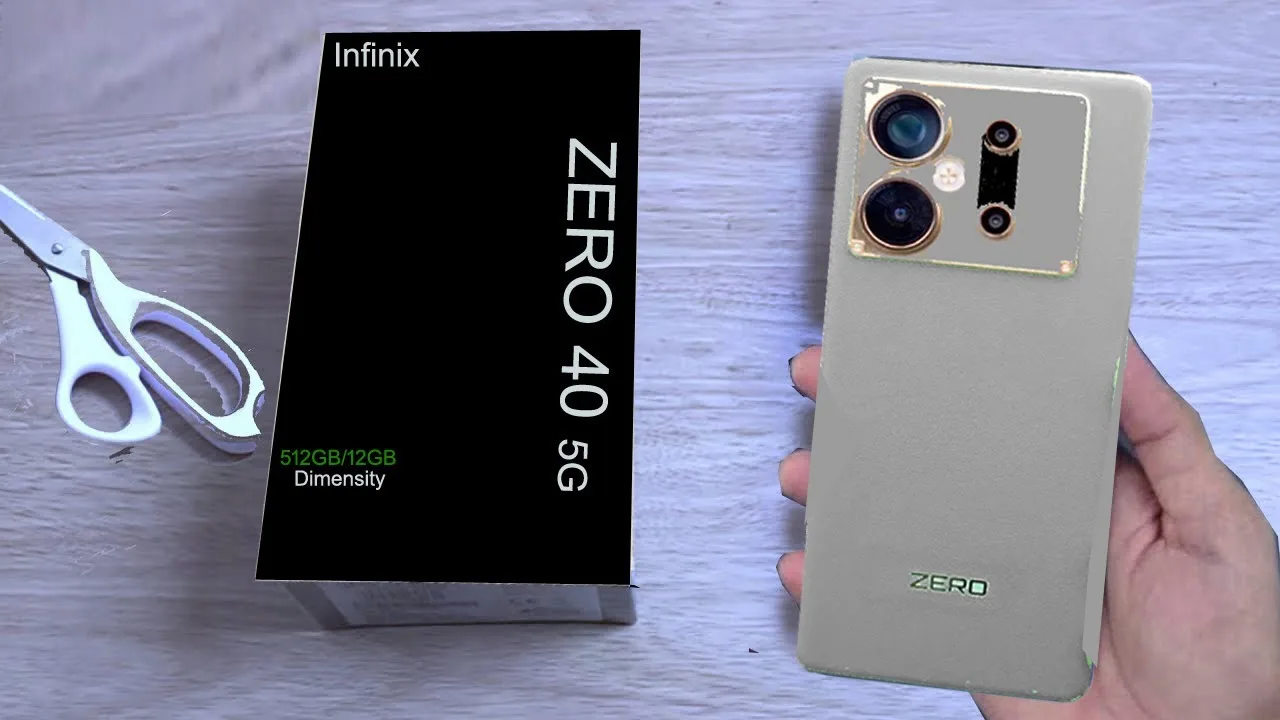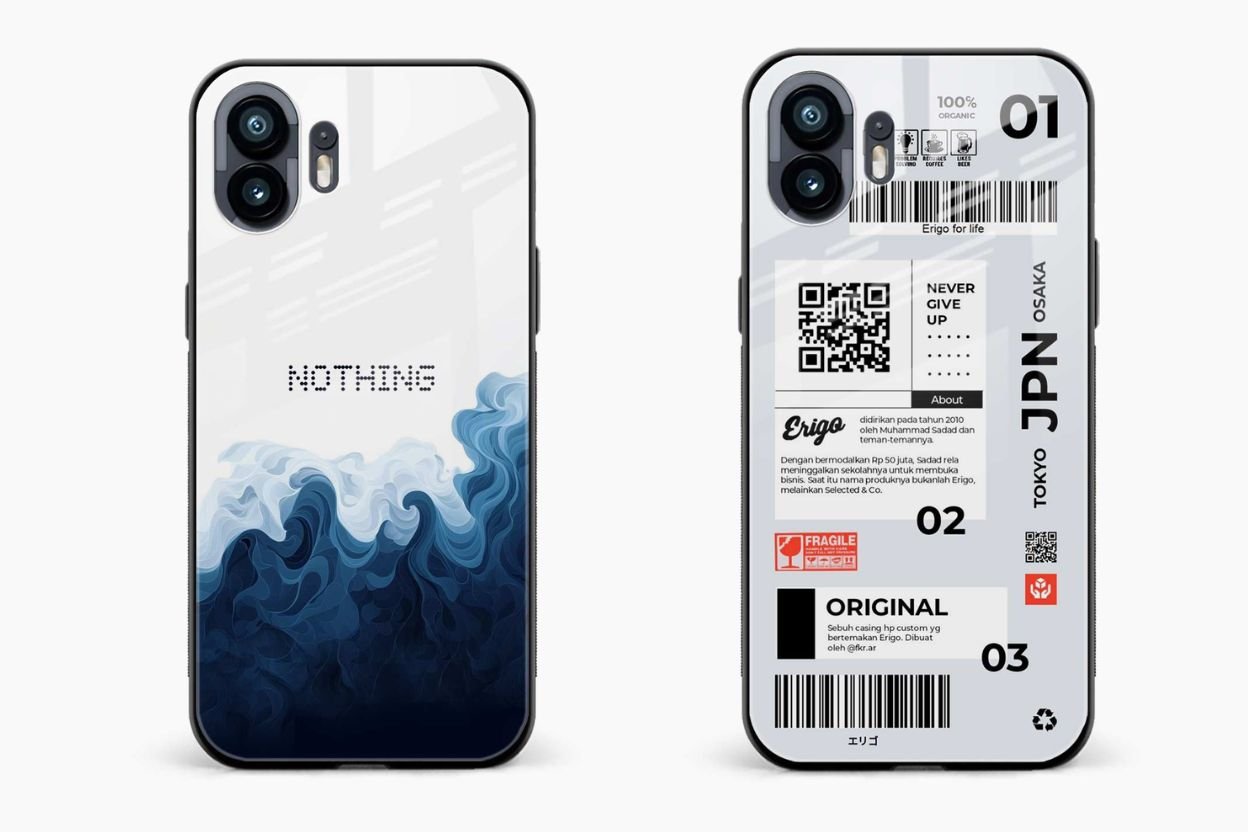In today’s fast-paced digital landscape, businesses are continually searching for innovative ways to meet customer demands and create sustainable growth. White label apps, which are pre-developed and rebranded by other companies for their own use, provide an ideal solution for businesses looking to offer mobile applications without investing in extensive development.
However, creating a successful white label app marketing strategy is not without its hurdles. By following effective steps, you can position your white label app for success, increasing brand visibility and driving user engagement.
What is a White Label App?
A white label app is a pre-built application developed by one company and rebranded by another company to sell or use as their own. This allows businesses to skip the development process, saving both time and money while still offering a fully functional product to their users. For example, a company may purchase a white label e-commerce app, rebrand it with their own logos and colors, and launch it as their own mobile platform.
Despite the simplicity of this concept, creating a successful marketing strategy for white label apps requires precision, careful planning, and execution. This is where working with a white label app marketing company can be particularly beneficial.
Step 1: Identify Your Target Market
Before launching any marketing efforts, it’s crucial to determine the target audience for your app. Even though the app itself is pre-built, the way it is marketed should be tailored to meet the needs and preferences of your customer base. Depending on the app’s purpose, the target market could be businesses, consumers, or even a specific niche.
Start by assessing the following:
- Demographics – Age, location, income, interests, and other characteristics of potential users.
- Pain Points – What problem does the app solve for the target audience?
- Competitor Analysis – Who else is targeting the same market, and how do they position their products?
Identifying these aspects will help you craft messaging that resonates with potential users and aligns with their expectations. Once you have a clear picture of your audience, your marketing tactics will be more effective.
Step 2: Develop a Strong Brand Identity
Even though the app is white-labeled, it is still important to establish a strong, unique brand identity. Rebranding a white label app means more than just swapping out logos or colors; it means aligning the app with the values, voice, and mission of your business.
Your branding strategy should include:
- Visual Identity: Ensure that the app design matches your brand’s visual aesthetics. This includes logo placement, color schemes, font choices, and even the overall tone of the app.
- Messaging: Clearly communicate your value proposition through the app interface and marketing materials. Users should immediately understand why they should choose your app over others.
- Consistency: Maintain a consistent brand presence across all marketing channels to reinforce your brand’s recognition and trustworthiness.
Building a strong identity helps position the white label app as a part of your business, even if the underlying technology was developed elsewhere.
Step 3: Choose the Right Marketing Channels
With the target market and brand identity in place, it’s time to decide where and how to promote the app. The right marketing channels will depend on your audience and the nature of the app itself.
Some popular options include:
- Social Media Marketing – Platforms like Facebook, Instagram, and Twitter can help you engage with users and share valuable content. Paid social ads can further target specific audience segments.
- Search Engine Optimization (SEO) – Optimizing your website and app store listing with the right keywords will help potential customers discover your app when they search online.
- Content Marketing – Blogs, videos, and infographics are great ways to educate users on how to use your app and its features. By producing valuable content, you can drive traffic to your site and establish your business as an industry leader.
- Email Marketing – Build a list of potential customers and keep them engaged through targeted email campaigns. Offering exclusive promotions and app updates is an effective way to retain users and encourage app downloads.
By diversifying your marketing efforts across multiple channels, you’ll increase the app’s reach and chances of success.
Step 4: Leverage App Store Optimization (ASO)
App store optimization is one of the most effective ways to boost your app’s visibility in the app store. Just as SEO helps websites rank in search engines, ASO ensures that your app is discoverable in app stores like Google Play and the Apple App Store.
Focus on the following:
- App Title & Description: Use relevant keywords in your app’s title and description to make it easy for users to find your app when searching.
- App Screenshots and Videos: High-quality screenshots and engaging videos will attract users to learn more about the app.
- Reviews & Ratings: Positive reviews and ratings increase the credibility of your app. Encourage users to rate and review the app after download.
- Keywords: Incorporating the right keywords in the app title, description, and metadata can improve the app’s search ranking and make it easier for users to discover it.
Effective ASO strategies will significantly enhance your app’s visibility in crowded app stores.
Step 5: Focus on User Acquisition and Retention
Acquiring users is only part of the equation. Retaining those users and turning them into loyal customers is the key to long-term success. This involves creating an engaging user experience and offering value over time.
Here are some strategies for both acquisition and retention:
- Referral Programs: Implement a referral program where current users can invite others to download the app in exchange for rewards. This not only helps you acquire new users but also incentivizes existing ones to stay engaged.
- Push Notifications: Use push notifications to keep users informed about new features, discounts, or updates. However, be careful not to overwhelm them with too many messages.
- Regular Updates: Continuously improve the app by adding new features, fixing bugs, and keeping the app compatible with the latest mobile operating systems. Updates will show your users that the app is being actively developed and maintained.
- Customer Support: Provide excellent customer support to resolve any issues promptly. Users appreciate responsive and helpful support, which can lead to greater satisfaction and retention.
By focusing on these elements, you will not only acquire users but also keep them engaged and loyal to your app.
Step 6: Measure Performance and Adjust Strategy
To ensure your white label app marketing strategy is working effectively, you need to track key performance indicators (KPIs). These metrics will help you gauge how well your marketing efforts are performing and where adjustments are needed.
Some important KPIs to track include:
- Downloads: Measure how many times the app has been downloaded.
- User Retention: Track how many users return to the app after their first download.
- Engagement Rate: Monitor how often users interact with the app’s features.
- Conversion Rate: Calculate how many users take the desired action, such as signing up, making a purchase, or referring others.
- Customer Lifetime Value (CLV): Estimate the total revenue generated by a user during their entire time using the app.
Analyzing these metrics will help you refine your marketing strategy and make data-driven decisions for future campaigns.
Advantages of White Label App Marketing
White label app marketing offers cost-effectiveness, quick market entry, brand consistency, customization potential, and scalability for businesses.
- Cost-Effective: White label apps eliminate the need for expensive app development, reducing overall costs.
- Speed to Market: With a pre-built app, you can launch your product much faster than developing one from scratch.
- Brand Recognition: Rebranding a white label app allows businesses to expand their product offering while maintaining brand consistency.
- Customization: While the app is pre-built, there is still room for customization in terms of branding and functionality.
- Scalability: White label apps allow businesses to easily scale and add new features as their needs grow.
Challenges of White Label App Marketing
White label app marketing faces challenges like limited differentiation, dependence on the original developer, quality control issues, and customization constraints.
- Limited Differentiation: Since the app is not uniquely developed, it can be challenging to stand out in a competitive market.
- Dependence on the Original Developer: If the original developer experiences issues or discontinues the app, businesses may face challenges in maintaining their product.
- Quality Control: The quality of a white label app may not always meet the expectations of end users, which can negatively impact the brand.
- Customization Limitations: While there is room for customization, certain aspects of the app may not be flexible enough to meet specific needs.
Conclusion
Building a white label app marketing strategy requires strategic planning, market research, and consistent effort. By focusing on the right target audience, establishing a strong brand identity, and using the most effective marketing channels, you can ensure that your white label app achieves the visibility and user engagement it deserves. However, it’s important to remain aware of the challenges that come with white label apps and adjust your strategy as needed to stay competitive in the market.
A well-executed marketing strategy will allow you to harness the full potential of your white label app, driving both short-term growth and long-term success.
















Leave a Reply